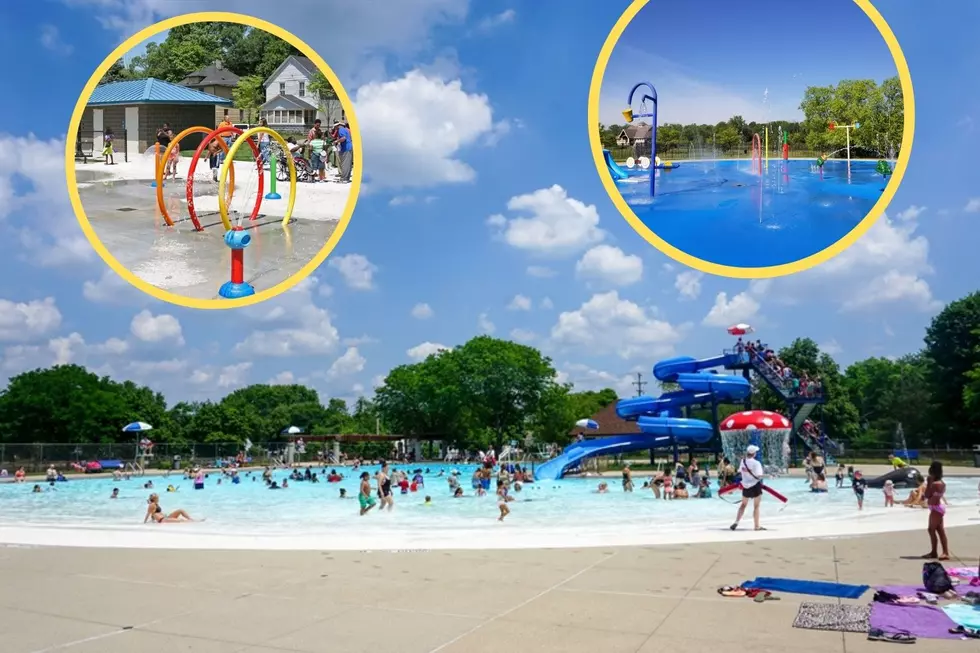![Safe Boating Tip of the Week: Stay Afloat, Don’t Sink [Sponsored]](http://townsquare.media/site/43/files/2014/07/Boating-U.S.-Coast-Guard-630x410.jpg?w=980&q=75)
Safe Boating Tip of the Week: Stay Afloat, Don’t Sink [Sponsored]
While the long Independence Day weekend may be over, there's still plenty of summer left and boating to be done.
Grand Valley Marine, with locations in Grandville and Grand Haven, urge you to keep yourself, those around you and others as safe as possible when boating.
One main tip: Keep your boat afloat; don't sink out there. And if you do or must, there are steps to take when that happens to protect and preserve your safety.
The Boat Owners Association of the United States (BOATUS) recently surveyed boat insurance claims to identify the primary causes of boat sinkings. About two out of every three boats (69 percents) sink while docked or moored, with the remainder sinking while out on the water (31 percent).
For boat sinkings while on the water, the most common cause (43 percent) is hitting something -- a log, the bottom or colliding with another boat or dock. While some sinkings might be avoided with care and caution, others can only be chalked up to bad luck.
Sinking boats
While there are safety checks and efforts you should take before leaving dock, some incidents cannot be avoided. If you find yourself on a sinking boat, you should take these measures, according to Esurance:
Preventative measures
Of all dock-mooring sinkings, 39 percent occur when a part gives out because of wear, tear and corrosion. This is a no-brainer because lack of maintenance is the factor.
Here are some preventative measures:
Maintenance check
Since we're speaking about maintenance, here some inportant tips for overall watercraft care from GEICO that are always good to follow by boat owners:
Remember, please stay safe, be responsible and use common sense when boating.
More From 100.5 FM The River










